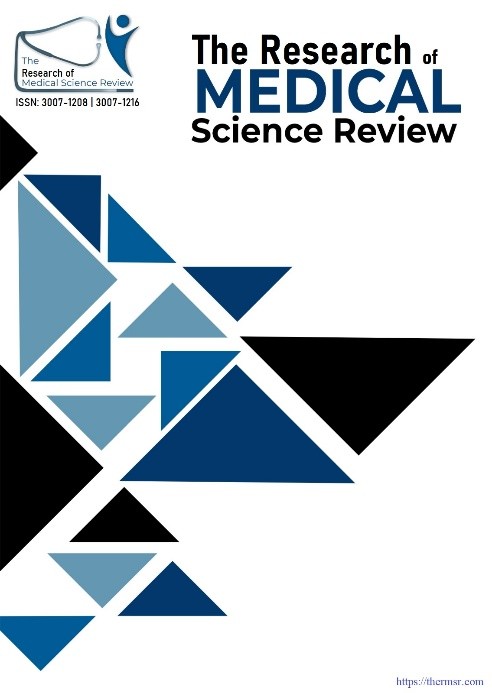NUTRITIONAL ROLE OF LEGUME AND MICRONUTRIENTS IN THE PREVENTION AND MANAGEMENT OF NEPHROLITHIASIS: A COMPREHENSIVE REVIEW
Main Article Content
Abstract
Nephrolithiasis is a common urologic disease with high global recurrence rate. Dietary factors, particularly the consumption of legume and micronutrients, play a vital role in prevention and management. Calcium, magnesium, potassium, vitamin B6, phytate, and vitamin C are nutrients that affect urinary stone-forming components, notably calcium oxalate and uric acid. This article assesses the nutritional contribution of legumes and micronutrients to nephrolithiasis prevention and management based on integrating evidence from cohort studies, randomized controlled trials RCTs, systematic reviews, and meta-analyses. A systematic literature search was performed through databases such as PubMed, Science Direct, and Google Scholar 2000–2024 with the keywords "nephrolithiasis," "kidney stones," "legumes," "micronutrients," and "dietary prevention." Cohort studies, RCTs, systematic reviews, and meta-analyses relevant to the topic were included to synthesise high-quality evidence on dietary interventions and their effect on urinary biomarkers and stone risk. There is evidence to show that consumption of legumes, because of their phytate content, fibre, magnesium, and potassium, is inversely related to the formation of kidney stones. Cohort studies have established that a high vitamin B6 intake has a protective role against oxalate stones, while RCTs and meta-analyses endorse the administration of citrate salts in preventing recurrence and stone growth.The aggregate evidence from observational and interventional research favours a protective role for legumes and specific micronutrients in the prevention of nephrolithiasis. Inconsistencies between study designs emphasise the necessity of well-powered, controlled trials to establish long-term dietary regimens as stone-preventing and recurrence-reducing interventions
Downloads
Article Details
Section

This work is licensed under a Creative Commons Attribution-NonCommercial-NoDerivatives 4.0 International License.
